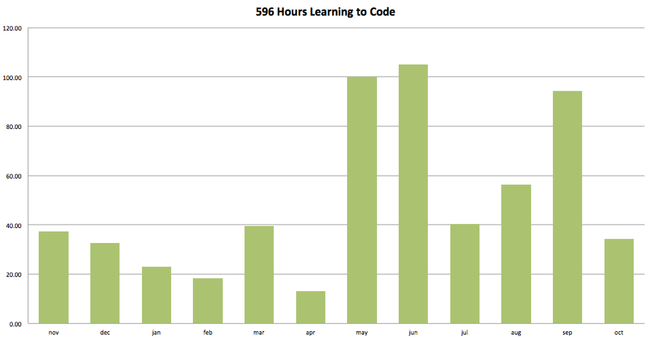Choose A Text Editor That Is Easy To Learn And Stick To It.
In 2015, I read some great advice on the Recurse centre’s user guide:
Choose a text editor that is easy to learn and stick to it. If you’re not sure which one to choose, Sublime Text is powerful, intuitive, and available on Mac, Windows and Linux.
I picked Atom.
At the time, every single online tutorial I could find used Sublime so I switched for a while, thinking I made a mistake.
Atom had this cool new integration with Github that would highlight lines of code in different colours depending on whether or not you had committed changes yet.
I was sold.
But then Atom could be slow at times so I thought about switching back to Sublime.
Eventually I was spending more time trying pick the perfect set of tools than I was coding. It wasn’t just the time I spent trying things out, it was also all the time I wasted wondering if I made the right decision or not.
Avoid the mistake...




